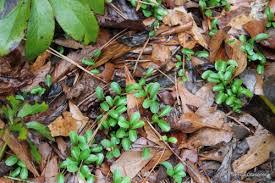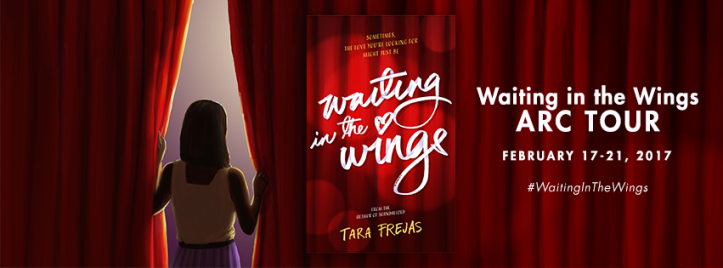I cannot begin to describe the joy my garden brings me . It is just a small, bog standard suburban patch, but I love it with a passion. Last week I spent two full afternoons outdoors, getting my dose of vitamin D, exercising muscles in every part of my body, using my arthritic hands, clearing away the last of the leaves and stealing a march on the weeds. If it weren’t for the garden, apart from bringing my beloved dogs for a quick scoot around the hill, or park, I wouldn’t get a fraction as much fresh air and exercise. The most uplifting bit of gardening is however, observing the seasons and being close to nature. All through my work last week a robin, a wren and a married couple of blackbirds kept me company, searching for worms and insects in the freshly turned soil. Today I did my customary inspection and found, to my delight, that the snowdrops I thought I had lost during the building works are popping up again. The early hellebores are blooming apace, and most gratifyingly, many of the herbaceous perennials are starting to peep their noses above ground and put on new growth.
. It is just a small, bog standard suburban patch, but I love it with a passion. Last week I spent two full afternoons outdoors, getting my dose of vitamin D, exercising muscles in every part of my body, using my arthritic hands, clearing away the last of the leaves and stealing a march on the weeds. If it weren’t for the garden, apart from bringing my beloved dogs for a quick scoot around the hill, or park, I wouldn’t get a fraction as much fresh air and exercise. The most uplifting bit of gardening is however, observing the seasons and being close to nature. All through my work last week a robin, a wren and a married couple of blackbirds kept me company, searching for worms and insects in the freshly turned soil. Today I did my customary inspection and found, to my delight, that the snowdrops I thought I had lost during the building works are popping up again. The early hellebores are blooming apace, and most gratifyingly, many of the herbaceous perennials are starting to peep their noses above ground and put on new growth.
The only problem with the hellebores if the hundreds and hundreds of seedlings which have started to appear. This always poses a terrible dilemma, a true judgment of Solomon. Which to keep? Will the ones I discard be the best? Will they be doubles? Will they be deepest slatey black? Richest of plums? Or, the holy grail of hellebore enthusiasts, almost pure red? Hellebore seedlings take about three years at least before the flower, so one is in for the long haul. How often have I spent three years or more nursing potted seedlings only to find, at the end, that they are boring old single flowered, pinky meh coloured specimens? I have left them all in situ while I have a think about it.
Lots of early narcissi are in bud. I always silently chuckle when I hear, year in year out, talk of how global warming has made all the daffodils come up early, ditto tulips. What people don’t realise is that these are early varieties, bred to come up early. (Please note that I am not in any way a climate change denier).
- Most beautiful of all the early flowering plants is the Daphne, already in flower and spreading its glorious, heady scent. ‘Heady scent’ is such a cliché, but in this case there is no other way to describe the heavy perfume from daphnes, or for that matter viburnum farrerii or the Bodnant gardens version. I lost my viburnum during the build and must get a new one. The great thing about the scented viburnums is that they throw out suckers very easily so cadging a new plant is usually no problem at all.
- Here are few things you can do in the garden on fine days now:
- Divide clumps of primroses and other primula varieties and spread them about
- Weed as much as possible
- Move plants that are in the wrong place
- If you are evil, like me, spread some slug pellets
- Clear up the last of the autumn leaves and cut back hardy perennials (leave the old stems on more tender plants as they will protect them from frost)
Advertisements Share this:





